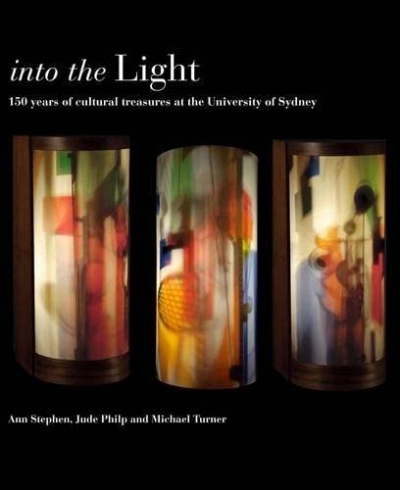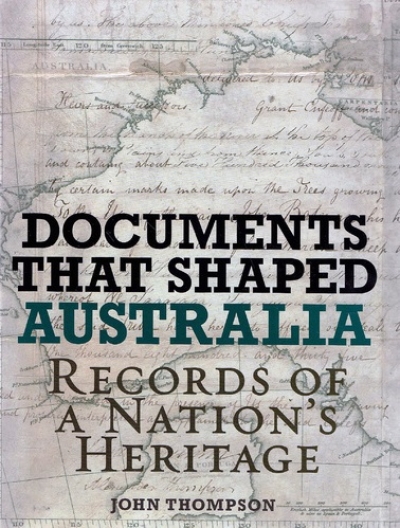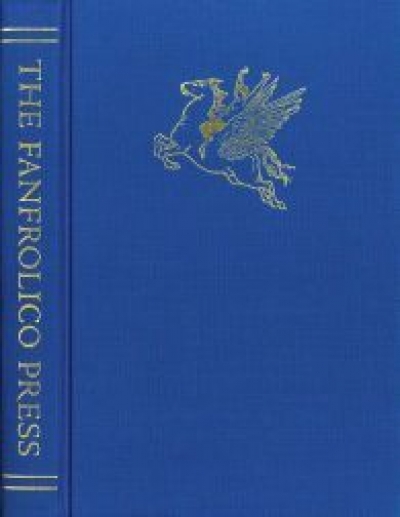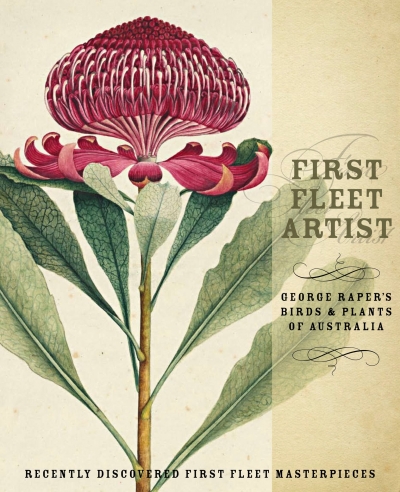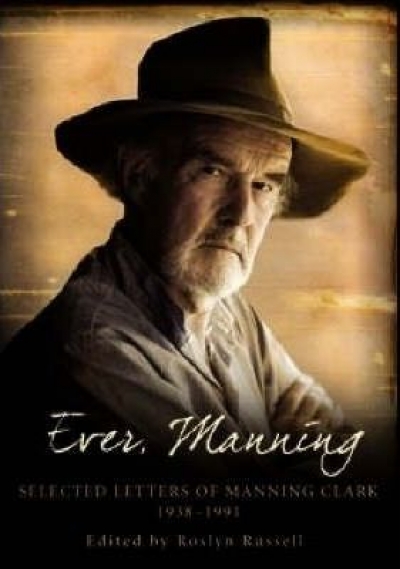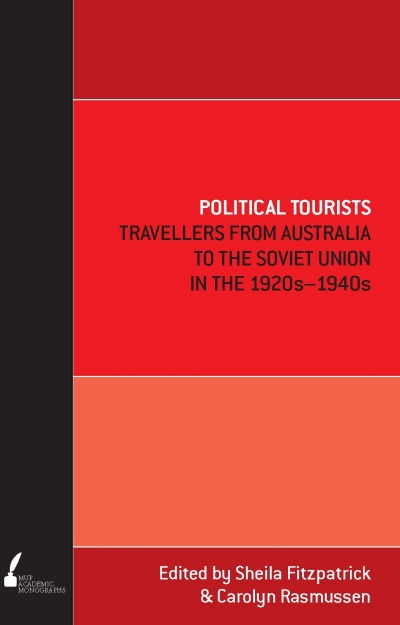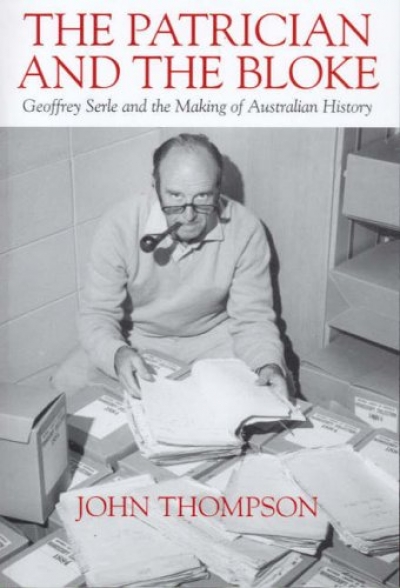John Thompson
Into the Light: 150 Years of Cultural Treasures at the University of Sydney by David Ellis
by John Thompson •
Documents that Shaped Australia: Records of a nation’s heritage by John Thompson
by Peter Pierce •
The Fanfrolico Press: Satyrs, Fauns & Fine Books by John Arnold
by John Thompson •
First Fleet Artist: George Raper’s birds and plants of Australia by Linda Groom
by John Thompson •
Ever, Manning: Selected letters of Manning Clark 1938–1991 edited by Roslyn Russell
by John Thompson •
Political Tourists: : Travellers from Australia to the Soviet Union in the 1920s–1940s edited by Sheila Fitzpatrick and Carolyn Rasmussen
by John Thompson •
Magnificent Obsession: The story of the Mitchell Library, Sydney by Brian H. Fletcher
by John Thompson •
Letters Lifted into Poetry: Selected correspondence between David Campbell and Douglas Stewart 1946–1979 edited by Jonathan Persse
by John Thompson •

